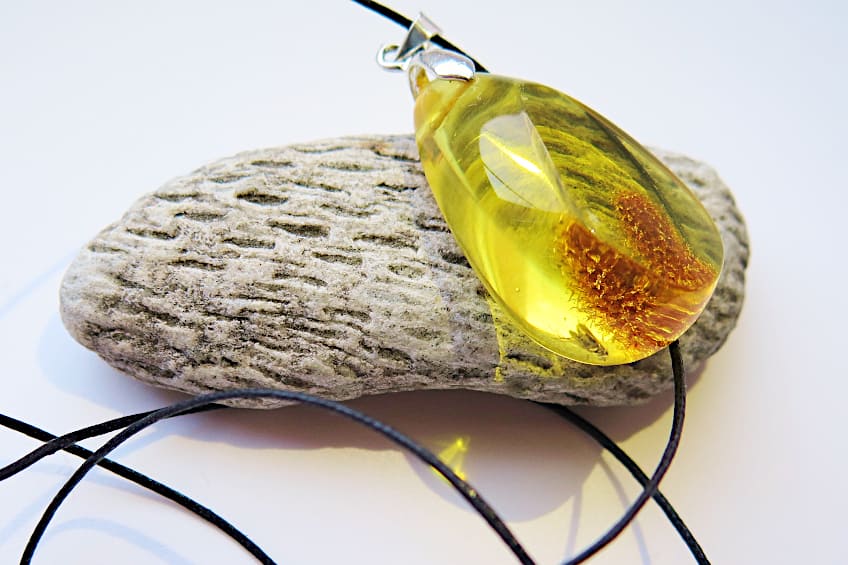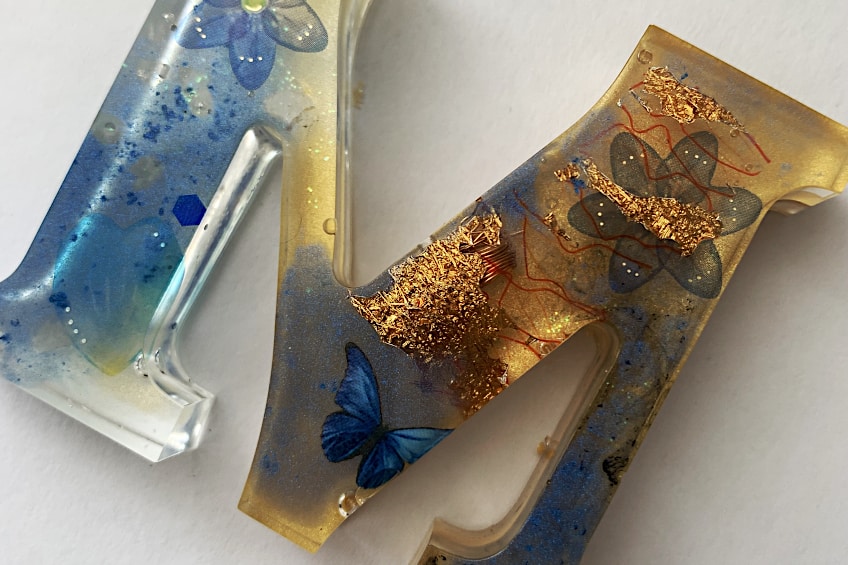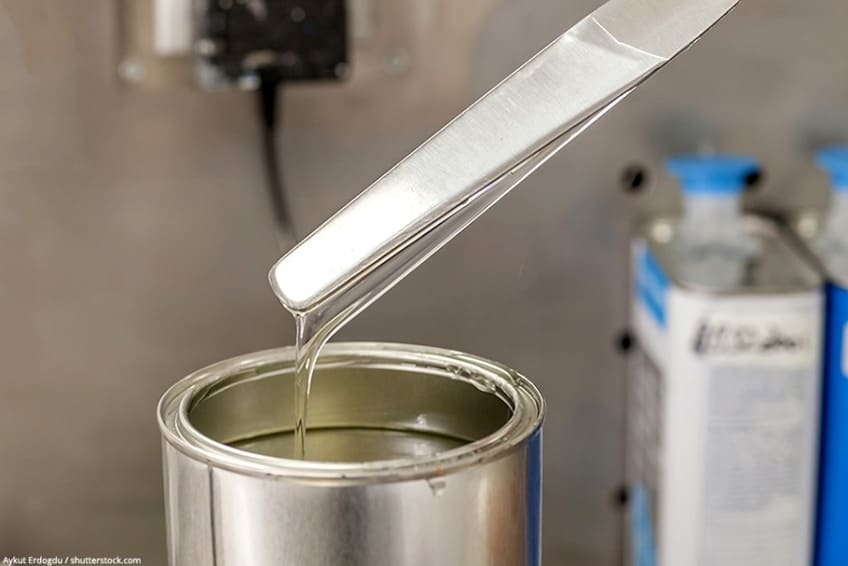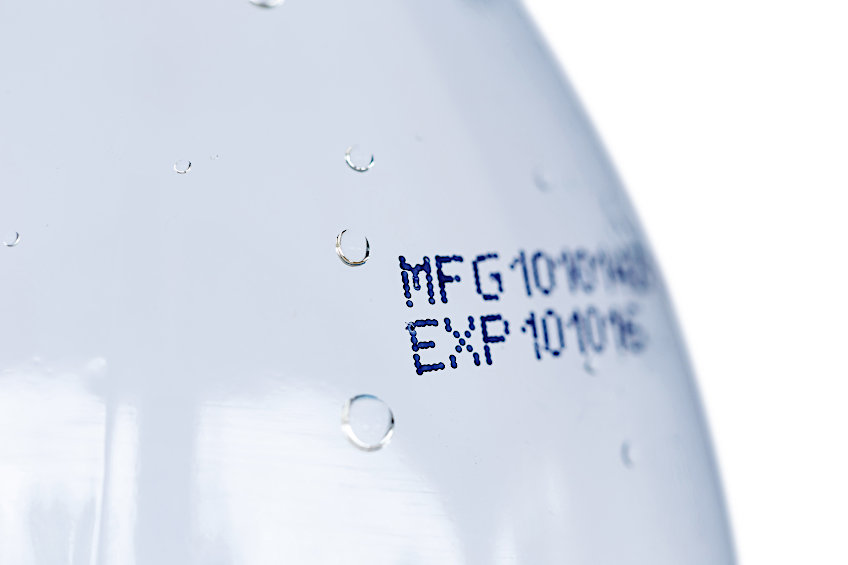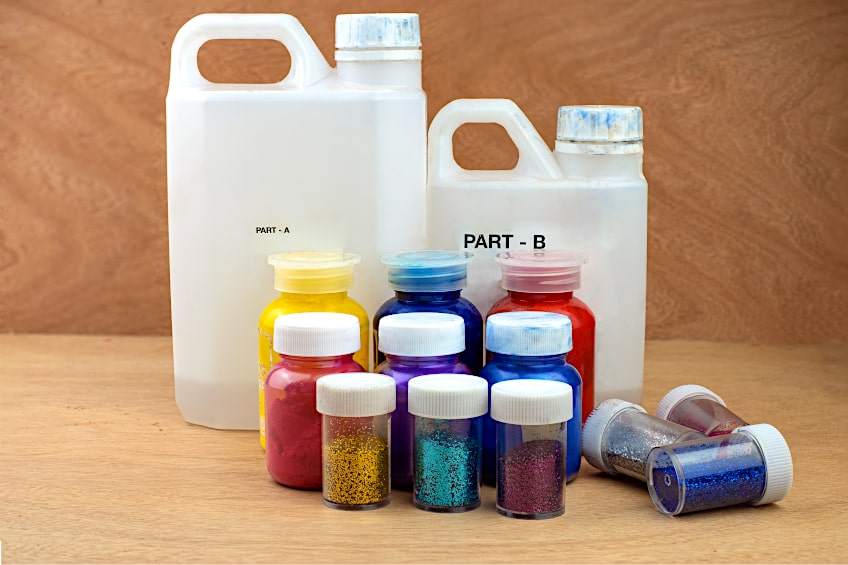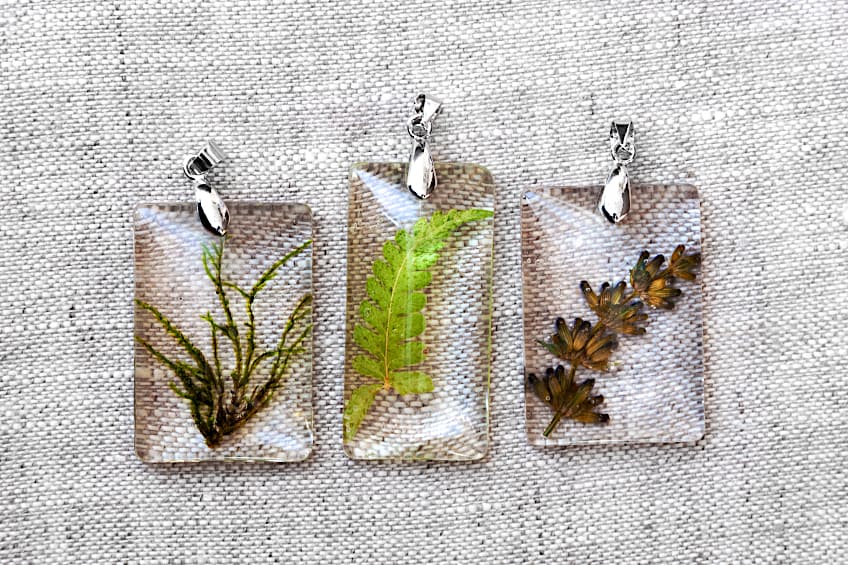How to Fix Yellowed Epoxy – Top Tips for Ensuring Resin Clarity
This post may contain affiliate links. We may earn a small commission from purchases made through them, at no additional cost to you. You help to support resin-expert.com
An epoxy covering looks great and is ideal for garage floors, bathroom floors, and countertops. Epoxy resin can also be used to make jewelry, key chains, furniture, and much more. However, when working with epoxy, you may be asking, why did my epoxy turn yellow? The yellowing of epoxy is a normal occurrence, since natural resins such as amber come in various shades of yellow. However, many are unaware of how to fix yellowed epoxy and believe that the yellowing cannot be prevented. In this article, we are going to share with you how to prevent epoxy yellowing, and how to fix epoxy that has yellowed.
Table of Contents
What to Consider When Buying Epoxy Resin
To prevent the epoxy from yellowing, you first need to ensure that you buy the right epoxy. This means that you need to buy the epoxy that is suited for your particular purpose. So, let us now examine some of the factors you should consider when purchasing your epoxy resin product supplies.
Quality and Price
Quality and price are two of the most important aspects to consider when buying epoxy resin. This does not mean you have to buy the most expensive product, but you should not buy the cheapest product on the market.
Cheaper products can have inferior quality, which could result in all your hard work being wasted.
Cheaper products may also contain solvents that will be harmful to your health, as well as cause evaporation that will affect the curing process. Many cheaper products do not have a crystal-clear finish, which will also result in premature yellowing.
The Purpose of the Epoxy Resin
Epoxy resin is a very versatile product and can be used in many different ways. So, when going out to purchase your epoxy resin, you need to ensure you buy the product that is suited to your needs, or else your project can become a disaster.
The type of epoxy resin you should purchase will be determined by the project or the result you want to accomplish.
The main process for epoxy resin is to apply it in layers, and allow it to dry to dry thoroughly before applying the next layer. Here are the different types of epoxy resin and a few other terms that you will come across.
- Casting resin: This type of resin has a low viscosity, and its thin consistency makes it much easier to pour. This can be used to fill a hollow area or completely submerge any item in the resin, preserving it for a very long time.
- Coating resin: This type of resin is used for coating certain surfaces or items, providing a protective, durable, and high gloss finish.
- Processing time: The processing time, or pot life, is a vital factor to consider when working with epoxy resin. You will need to work fast with a shorter processing time when layering your epoxy. A longer processing time gives you more time to mix colors and work with the epoxy before it becomes too thick or tough to work with.
- Curing time: The curing time is how long it takes for the epoxy to reach a state of hardness when all the components are properly mixed and the epoxy has cured and cannot be worked with. When the processing time is short, then the curing time will also be short.
- Viscosity: Low-viscosity epoxy resin is thin and used for pouring or casting and high-viscosity epoxy resin is thicker and is used more for layering and coating.
- Surface adhesion: The epoxy resin you buy needs to be able to connect well to the surface you want to coat, so surface adhesion is very important for a good job.
- Degree of hardness: The hardness scale of the epoxy resin is important, as it measures the resistance of any indentations. Use a harder epoxy if you are going to use it where the surface is subject to rough handling.
- Safety and handling: Safety is a vital factor to consider as epoxy resin can be harmful to your health. Some epoxy resins require very careful mixing ratios that need to be strictly adhered to.
- Material compatibility: Epoxy resins are very versatile and can be used on several different surfaces, but certain epoxy resins do not adhere to particular types of metals or plastics.
- UV light: When epoxy resin is subjected to UV rays, it can cause yellowing of the product. So, trying to buy an epoxy resin that is UV-protected can help to lengthen the time for your product to yellow.
The Causes of Epoxy Turning Yellow and How to Fix It
Why has the epoxy hardener turned yellow? The hardener can begin to yellow in the bottle even before you start to mix and use it. We are going to look at what causes the yellowing and how to fix it. However, the yellowing of epoxy does not only happen in unopened bottles, yellowing can also occur months or even years after you have finished pouring or layering it.
Epoxy hardener turned yellow can be due to several reasons, such as heating it too quickly before curing, or it could be a reaction to colorants that have been added.
It can also happen due to a poor-quality epoxy product, or exposure to UV light. In this article, we are going to focus on the yellowing of the epoxy before mixing or using it.
What Can You Do If the Epoxy Hardener Turns Yellow?
The epoxy hardener, usually part B of the product, yellows over time if the product has passed the expiry date. Your first plan might be to throw the epoxy away. However, yellowed epoxy can be fixed and used again, even if the expiry date has passed. It can still cure as expected, as the chemical reaction will still happen.
The yellowing of epoxy is due to the hardener being exposed to oxygen. If it has expired, then it will have an even darker color yellow, which occurs once the bottle has been opened. Unfortunately, the discoloration of epoxy resin cannot be avoided, and it will yellow over time, which is due to certain factors that we will now be discussing with you. Here are some ideas on how to keep resin from yellowing.
Shelf Life of the Epoxy
The shelf life of the epoxy plays a vital part in maintaining and preventing color changes. The recommended shelf life of the epoxy hardener is 12 months for an unopened bottle, and once opened, the recommended shelf life is six months.
It is, therefore, advisable not to open the epoxy until you are going to use it right away.
The Effect of UV Light on Epoxy Resin
Epoxy resin will discolor over time, and the main culprit for this type of yellowing is UV light. When the epoxy resin is exposed to UV light, directly or indirectly, it degrades the polymers, and this photochemical reaction not only turns the epoxy resin yellow, but also causes chalking, loss of gloss, cracking, and delamination.
To delay these processes, you can add UV stabilizers to your epoxy resin. However, the UV stabilizers will not prevent the epoxy resin from yellowing. Try to prevent the epoxy resin from being exposed to any direct sunlight as the sunlight will only accelerate the yellowing process.
Oxidation
If you find that your epoxy hardener has begun to discolor in the bottle, this is the result of oxidation and not UV light.
The discoloration starts with the hardener and not the resin.
This chemical reaction starts once the bottle has been opened, exposing the hardener to oxygen, and the degree of yellowing depends on how much oxygen it has been exposed to. So, hardeners that are in larger bottles seem to be more affected than those in smaller bottles.
The Effect of Extreme Heat on Epoxy Resin
Make sure you keep your epoxy resin supplies in a cool place as continuous and long exposures to high temperatures will result in discoloration or yellowing of your epoxy resin. It will not only turn yellow, but it could also turn a light brown color.
Moisture Exposure
If you store your epoxy resin supplies in a place where there is a lot of moisture, then the moisture in the air will contaminate your supplies and result in yellowing.
Store all your supplies in a dry, cool space that is away from sunlight.
Adding Colorants
Many users of epoxy resin try to use colorants to overcome the yellowing effect, but you need to use caution for this. First ensure the colorant you are using is compatible with the epoxy you are working with, otherwise, the colorant itself will cause yellowing.
You can add some deep blue liquid resin dye to your yellowed hardener to mask the yellow color. Be careful not to add titanium dioxide white powder as it only accelerates the yellowing process. Unfortunately, yellowing over time can still occur no matter what color you add to your epoxy resin.
Exposure to Air
When storing your epoxy resin supplies for any length of time, you may find that the hardener has turned yellow in the bottle, which is due to exposure to air that will start the oxidation process. You can still use the hardener, but you will not be able to remove the yellow color, even if you add colorants.
Tips on How to Keep Resin from Yellowing
Various methods will help, or delay the yellowing process of your epoxy, but none of them will completely stop your epoxy from turning yellow over time. You will notice that the epoxy starts to turn yellow, whether this happens in the bottle before you use it, or after you have applied it. Find some ways to help prevent the yellowing of your epoxy below.
- Only buy quality epoxy resin even if the price is higher.
- Store your epoxy resin products in a cool dark place.
- Only buy enough epoxy to complete the job you are working on as it will yellow if stored for too long.
- Buy products that have UV stabilizers, but remember, this will not completely stop the yellowing and will only slow the process down.
- Do not expose your epoxy supplies to any moisture as this will cause yellowing.
- Try not to lay your epoxy down where there is direct sun as this will result in discoloration. Apply a sealer to your epoxy as a top coat to help ward off yellowing.
- Color the epoxy, which will help to hide the yellowing or make it much lighter, but it will not stop it altogether.
- Leave the bottle closed until you are ready to use it.
- Put the lid back on the bottle as quickly as possible to avoid oxygen entering the bottle and causing the yellowing of the hardener.
We hope that this article has helped you to understand why epoxy yellows, and that you have learned some ways that you can prevent, delay, or hide the yellowing effect of the epoxy. We also hope that you will not be discouraged and stop using epoxy because of its yellowing effects, as epoxy is a very versatile product that can be used in so many ways!
Frequently Asked Questions
Why Did My Epoxy Turn Yellow?
The epoxy turned yellow because it was likely exposed to one or all of the following elements: UV light, high temperature, excessive amount of water, or too much moisture. Also, the epoxy can turn yellow if oxygen enters the bottle for long periods, or if the shelf life of the product has expired.
Does Epoxy Have a Shelf Life?
Epoxy resin has a shelf life of around two to three years, but the hardener is more sensitive, which is why you should use it within one year. This time frame is very important, as it can begin to yellow in the bottle when the shelf life has expired.
Is There an Epoxy That Does Not Turn Yellow?
ArtResin epoxy has been specifically designed by artists for creative projects, and its formulation has been engineered to give unparalleled protection from yellowing. This is why it is used for jewelry making and many other crafting projects and ideas.


